In-Depth Rolleiflex HY6 Mod2 Review
Shooting on medium format film cameras has been the preferred method for professional wedding photographers for decades. I’ve incorporated medium format film into my workflow over the past 4 years and won’t turn back any time soon. I have worked with many different camera systems over those four years to ultimately find what works best for my needs. This blog will provide an in-depth Rolleiflex HY6 Mod2 review along with sample images from the camera.
I would say that 99.9% of people I speak to about this camera have never heard of it. This is quite surprising considering how excellent it is. Before I discovered the Rolleiflex system I was shooting on the Mamiya, Contax, and Pentax 645 systems. All of these cameras did the job but didn’t check enough boxes. After some time with each system, however, I’ve concluded that the Rollei system is by far the best option. I’ve listed below all of the pros and cons and why more photographers should know about it.
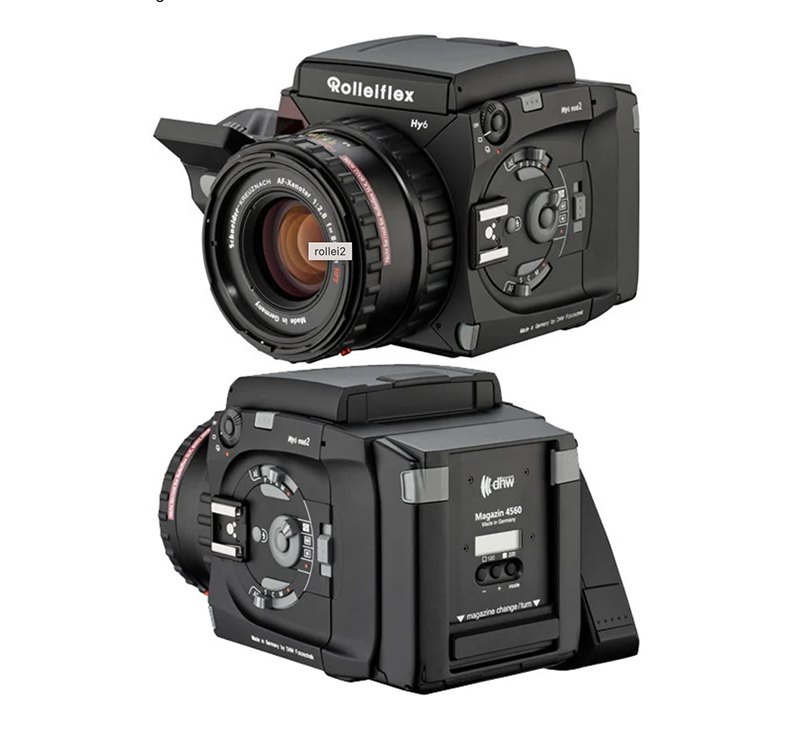
It’s Basically New
The HY6 Mod2 is by far the newest medium format film camera system on the market. It’s so new that the camera actually receives firmware updates. It was discontinued in 2013 but can still be purchased brand new today with a manufacturer warranty. This is incredibly important because I always prefer the manufacturer to work on my gear rather than a third party. If one has any issues they simply need to send it to the factory in Germany for service.
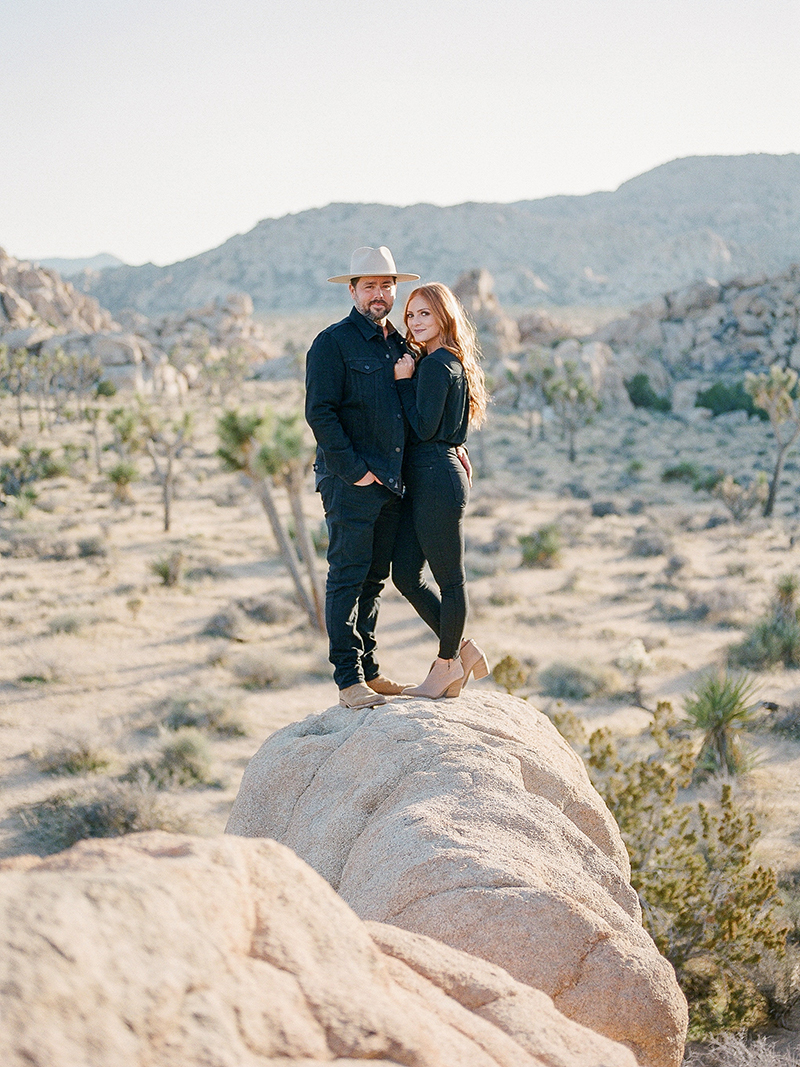
1/500th-sec exposure at f/2.8 on Fujifilm 400h
The Lenses Rock
One of the most impressive attributes of this camera is not only the lens lineup but the lenses themselves. It uses Schneider lenses which boast incredible optical quality. This is the same brand that makes lenses for the Phase One digital medium format system. What this means is your camera has the best German glass on it for the absolute sharpest images. A lot of people love the Contax 645 system because it uses Planar lenses made by Zeiss. If you’d like to continue to shoot with this system and still rock the Planar glass you can do so as well. The company has been offering Planar lenses for its cameras for over 50 years.
Many photographers opt for the Contax system because of its infamous 80mm f2.0 Zeiss lens. The Rollei system also has an 80mm f2.0. The bokeh is incredibly buttery and the focus (while manual) is incredibly smooth and accurate.
A big drawback to a lot of medium format systems is the painfully slow autofocus. This is not the case for the Rolleiflex. Autofocus is both fast and accurate. The Rollei offers both AF tracking and single AF modes. The tracking is an absolute necessity for capturing moving subjects accurately such as the bride and groom walking down the aisle.
99% of the lenses on the market use screw-on attachments for filters. With the Rollei, it uses a bayonet mount which allows faster filter attachment. This is a plus because I use it constantly when attaching close-up filters for macro shots.
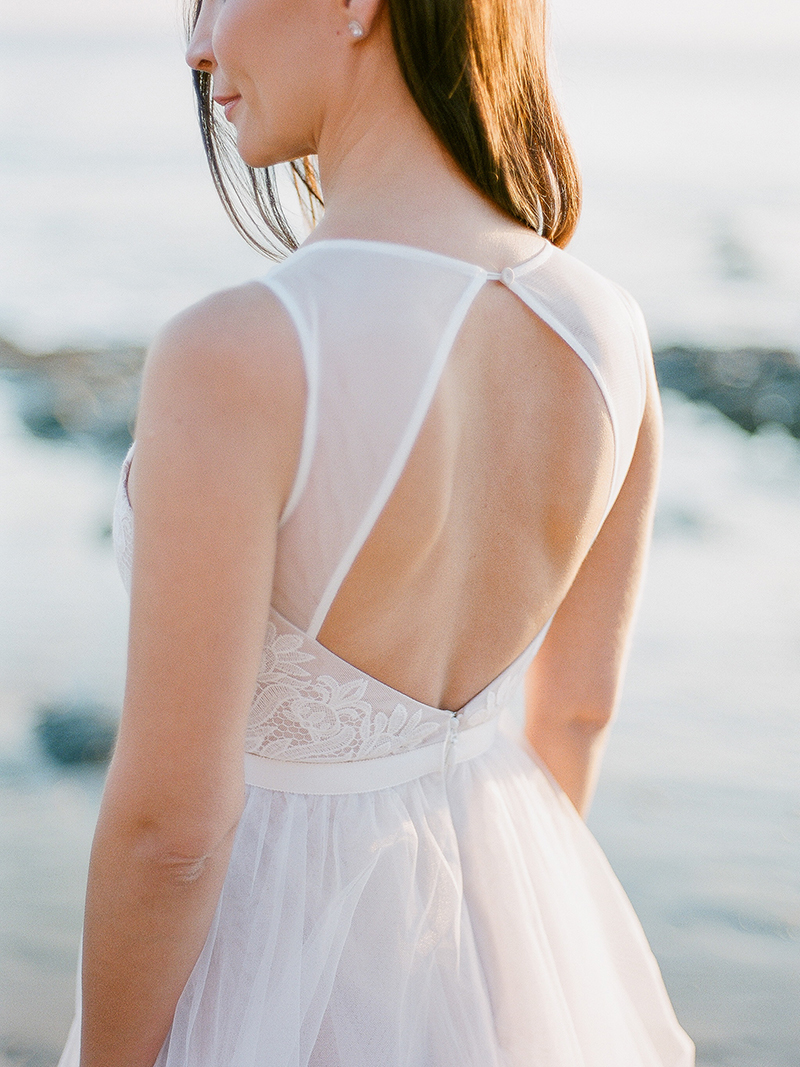
1/250th-sec exposure at f/2.0 on Fujifilm 400h
It’s Incredibly Ergonomic
One of the first things I noticed about this camera when shooting was how incredibly ergonomic it is. It comes with a built-in hand strap and fits into my palm incredibly well. The grip can also rotate and be locked into different positions depending on what kind of viewfinder is being used.
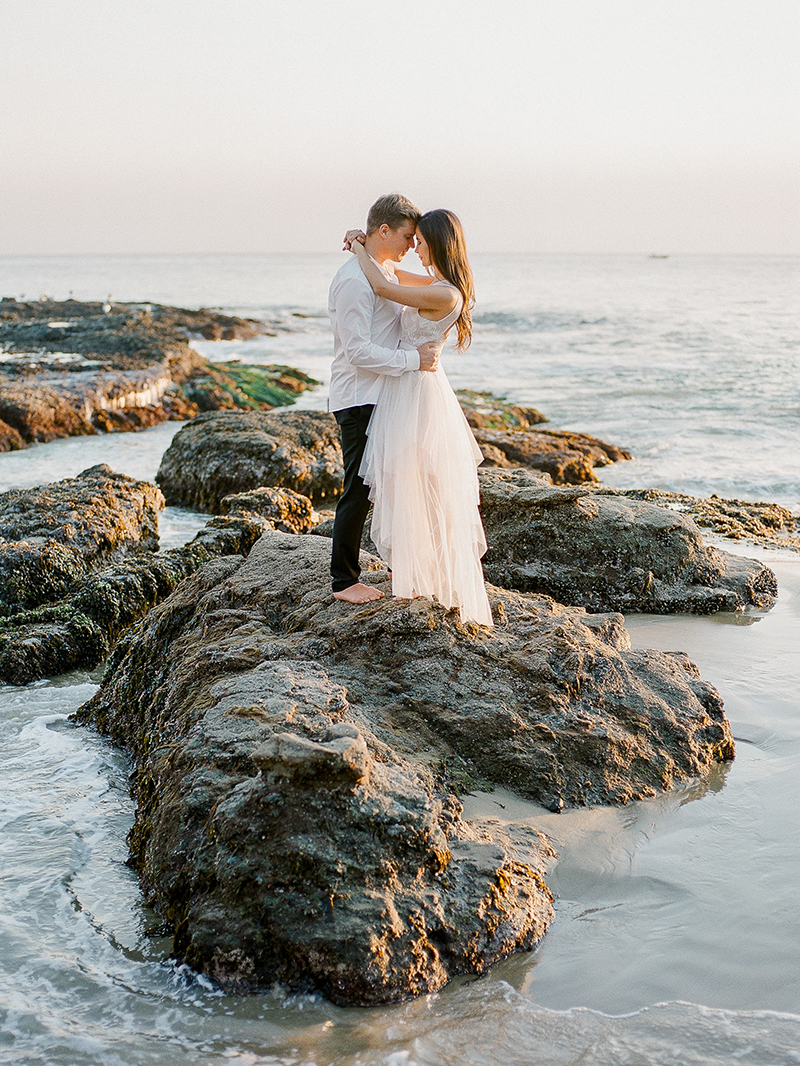
1/125th-sec at f/2.0 with Fujifilm 400h
It Has a Leaf Shutter
A really great feature that most companies cannot claim is that this camera boasts a leaf shutter. What is a leaf shutter you ask? This means that the shutter is located inside the lens rather than the camera itself. The major benefit is that if you’re shooting with strobes you can sync it with your camera up to 1/1000th of a second. This isn’t even possible with new DSLR’s on the market today.
Because the shutter is located in the lens rather than the body, the camera is better equipped to be shot at slower shutter speeds without visible camera shake. This is especially useful if you’re shooting at the end of the day and your only option is to shoot at at 1/8th second handheld. It’s also a bonus that your shutter is never exposed when removing your film or digital back.
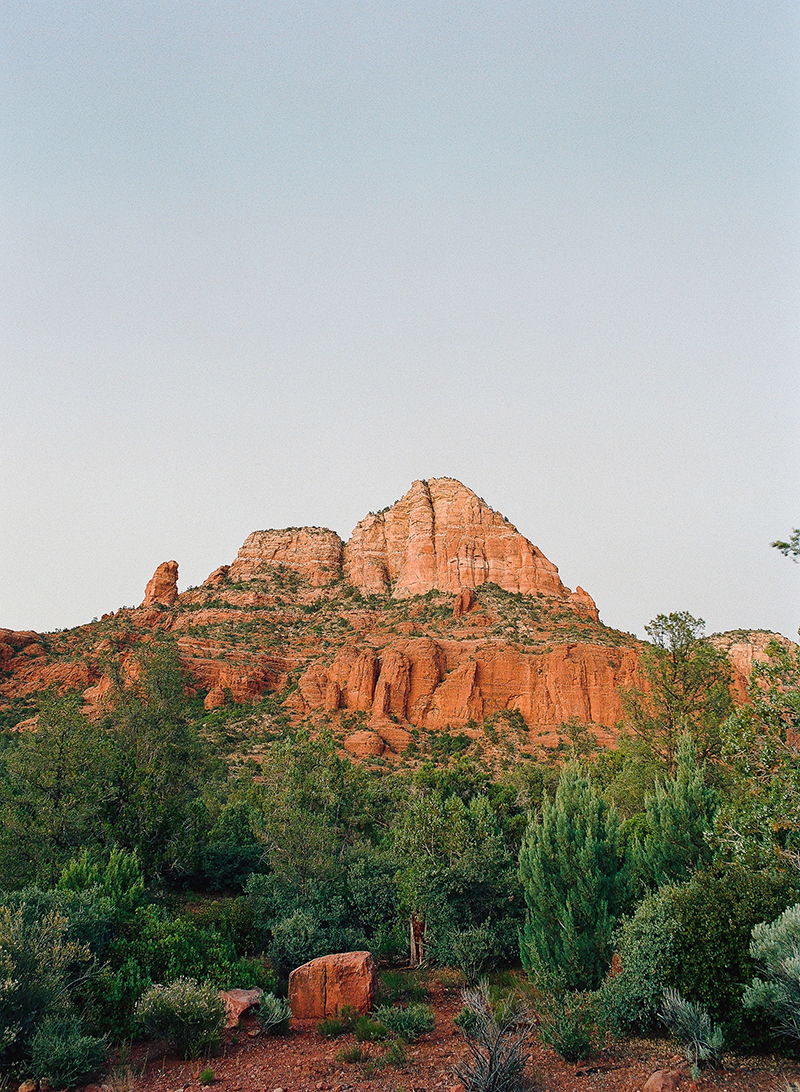
14-sec exposure at f/16 on tripod with Fujifilm 400h.
Custom Shooting Modes
This camera is filled with an endless amount of cool features. Basically every setting on this camera can be customized to your specific needs. No shutter cable is needed for long exposures as a timer delay can be set in-camera.

1/125th-sec at f/2.8 on Fujifilm 400h using servo mode for AF tracking
Loading Film Is Incredibly Fast
One of my top priorities when shooting is the ability to swap out and load film efficiently. I can shave time off film loading and spend more time connecting with my clients. The film inserts on this camera are engineered incredibly simply and symmetrically. What this means is that you never have to move the spool over after shooting a roll of film. You simply roll your new film, drop in your insert, and voila!
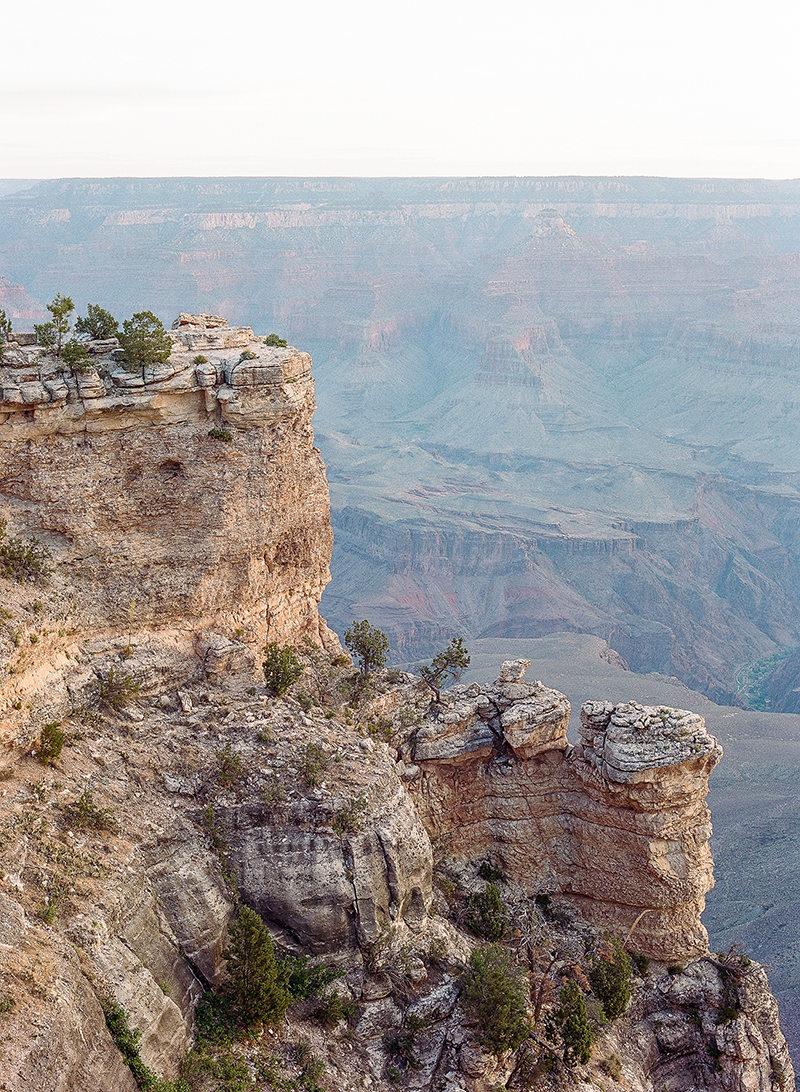
1/4-sec exposure at f/22 on tripod with Kodak Portra 400
Another cool feature is that the film back can be rotated vertically. This saves the user from having to rotate the camera when holding it to shoot. A lot of studio photographers may prefer this as it’s more comfortable for the hand as they shoot vertical for publication.
It’s Extremely User-Friendly
A big complaint I have about working with a lot of cameras is their functionality. Buttons are typically placed in strange locations or serve multiple functions which can be incredibly confusing for the user. However, the Rollei is designed more similarly to a modern DSLR. It’s equipped with a digital screen where all settings are visible and the aperture and shutter dials are laid out like my Canon 5D. The digital menu allows you to create custom functions, check battery status, and micro-adjust the focus.

1/15th-sec at f/2.8 handheld with Kodak Portra 800
It can shoot in multiple formats (viewfinder is huge)
99.9% of cameras can only be shot in a single format. That is not the case with this Rollei. It’s sold as a 6×6 square format camera but can easily be converted. This camera can shoot in a 6×4.5 format by simply purchasing a different film back and adapter plate. Once converted, you can now capture 4 additional frames on each roll of film.
Because this camera is intended for 6×6 shooting, the viewfinder is absolutely gigantic as well! This is priceless when shooting in dimly lit situations or if your eyesight (like mine) is bad.

1/125th-sec exposure at f/2.8 on Fujifilm 400h
What I Didn’t Like
Camera Data Isn’t Stamped
I personally enjoy having the camera data stamped on the negatives. It’s especially useful if you have to check your camera settings. This could be because something wrong happened or you want to replicate your settings. This camera, unfortunately, doesn’t possess that feature.
Weight
This thing is heavy. This is not a camera that simply gets thrown into a backpack and taken on a hike. It weighs a lot due to quality parts and lots of glass elements in the lens. I personally don’t mind the weight because I know it’s going to deliver superb images.
Price
Another important thing to note about this camera is the price. This is not the system you’re looking for if you’re shopping on a budget. One can easily spend $10,000 if buying new and that only includes one basic lens. But as the old saying goes, “You get what you pay for”. And with what you’re paying here you’re getting an absolute dream camera.
Limited shutter speed
Some people might see this as a drawback so I figure it should be mentioned. The fastest this camera will shoot is 1/10001th of a second. Slightly faster than a Hasselblad system (1/800th) and two stops behind Contax (1/4000th). This is because the camera is really meant for indoor studio use. I haven’t found myself in a situation where my camera wasn’t able to fire fast enough so this isn’t a huge deal for me.
Overall Thoughts
I think that at the end of the day this camera is absolutely spectacular. I take it with me on all of my travels and to every job I book. Yes, it’s bulky and somewhat delicate, but it delivers the absolute best possible images to my clients. This is why I will continue to use it for years to come. It feels like an extension of my arm and I can change settings in a flash and control it with ease. If you ever get the opportunity I highly recommend trying this camera out. It won’t disappoint and you’ll be eager to add it to your list of gear.

1/500th-sec at f/2.8 on Fujifilm 400h
Rolleiflex HY6 Mod2 Review
